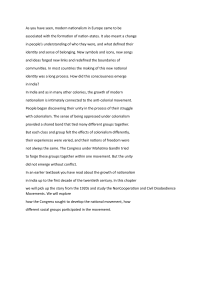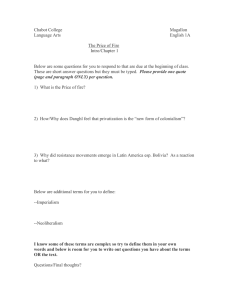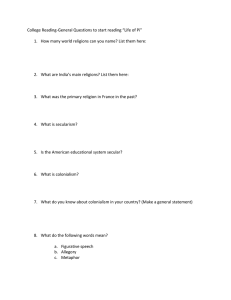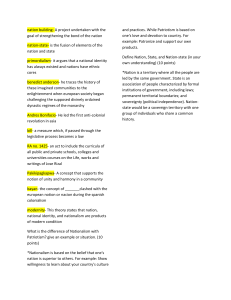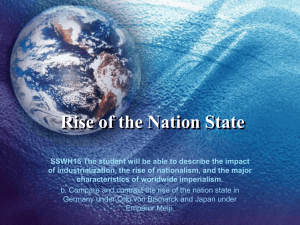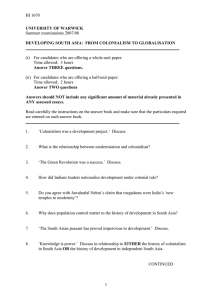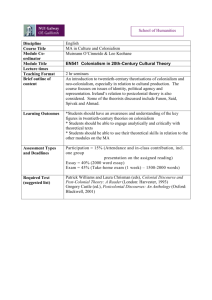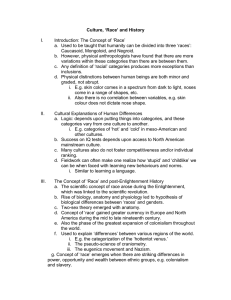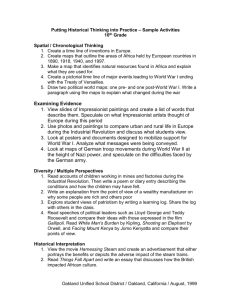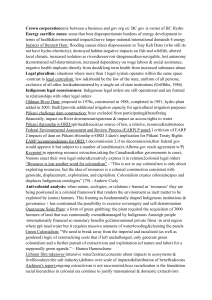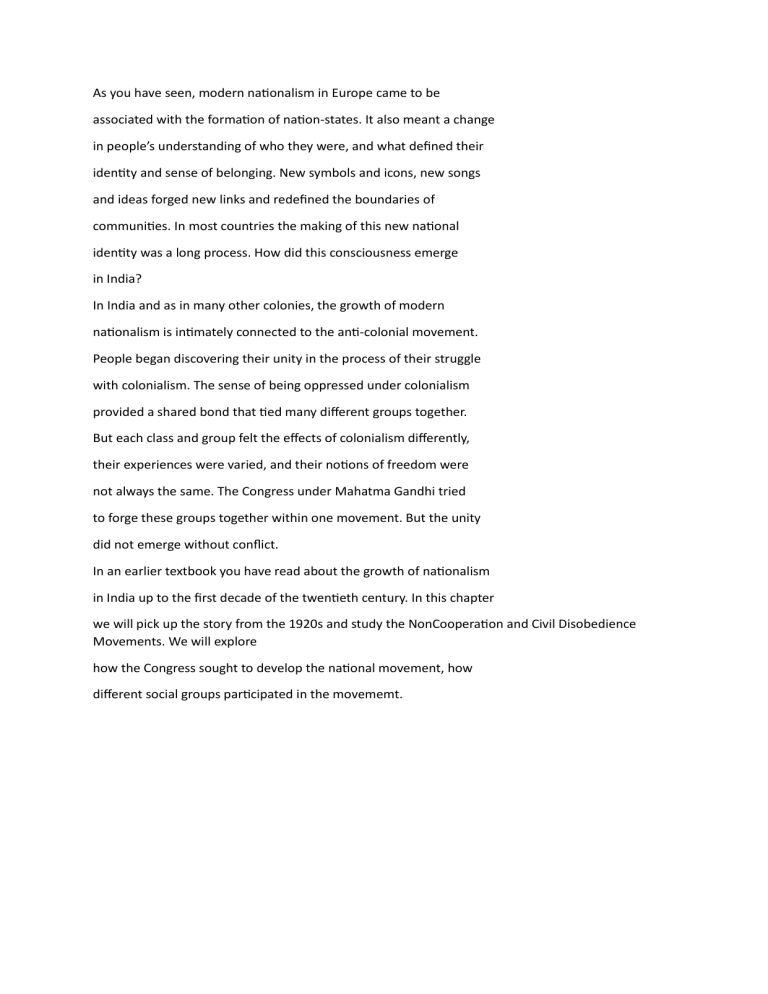
As you have seen, modern nationalism in Europe came to be associated with the formation of nation-states. It also meant a change in people’s understanding of who they were, and what defined their identity and sense of belonging. New symbols and icons, new songs and ideas forged new links and redefined the boundaries of communities. In most countries the making of this new national identity was a long process. How did this consciousness emerge in India? In India and as in many other colonies, the growth of modern nationalism is intimately connected to the anti-colonial movement. People began discovering their unity in the process of their struggle with colonialism. The sense of being oppressed under colonialism provided a shared bond that tied many different groups together. But each class and group felt the effects of colonialism differently, their experiences were varied, and their notions of freedom were not always the same. The Congress under Mahatma Gandhi tried to forge these groups together within one movement. But the unity did not emerge without conflict. In an earlier textbook you have read about the growth of nationalism in India up to the first decade of the twentieth century. In this chapter we will pick up the story from the 1920s and study the NonCooperation and Civil Disobedience Movements. We will explore how the Congress sought to develop the national movement, how different social groups participated in the movememt.
